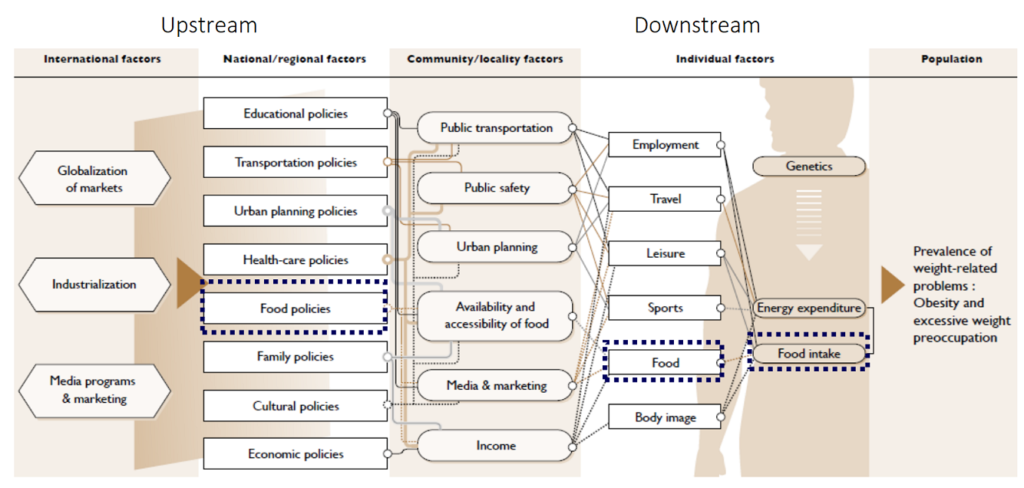Sickle Cell Disease 360 Human Explorer Tour with Dr. Rob (Part 1 of 2)
This is the first of two parts where we review Sickle Cell Disease with a Dr. Rob video and multi-chapter 360 Human Explorer model for your to explore.
Learn it:
Listen and watch as Dr. Rob points out keys things to know to better understand this condition.
Dr. Rob’s Video Transcript
Part 1
Hi, it’s Dr. Rob Gillio at the Force for Health. Dr. Rob here. It is Sickle Cell Month, and I’d like to share with you some new models. Halima Bangora, one of our interns, helped prepare these with me and I’d like to share those with you now and let’s see what we can learn.
First of all, we are currently looking at a cell, a rendition of a cell. And that cell is a three-dimensional structure. It’s tiny, it’s one of the tiniest things in the body except for the things inside of it, which are called organelles. A variety of these organelles are kind of exciting, but the ones that get me kind of excited are the nucleus and the ability then from the nucleus to power the cell with mitochondria, these little guys. But inside that nucleus, there’s some cool things.
Let’s take a closer look. And inside that nucleus there is chromatin matter, which connects to the nucleuses and that has the DNA in it. When it unravels, it makes a machine that creates the protein hemoglobin that goes into red cells. And while we’re talking about this, it’s all about sickle cell anemia. As we look at blood flow through the vessels, there are a variety of types of cells. One is a red blood cell, but others are cells that are sickled in shape, and those cells can clog things up. There’s a white cell here as well. We’ll get a closer look. But sickle cell can affect the body.
One of the more common places it does this is down in places that get exposed to cold or have limited blood flow at times and can form an ulceration that can affect part of the skin. And when you look at the skin in cross-section, you see the top where the hairs come out. You see this melanin pigment, which makes it a little darker in this person than someone without as much melanin pigment. An ulceration shows just a little bit of inflammation.
Live It:
Cement your knowledge for this post and explore the model below
Share it.
Share when you know with others. Share this post in your social media feeds and/or email a link to someone you wish to see this. Thank you for being a Force for Health.
Recommend0 recommendationsPublished in Dr Rob Blog, Dr. Rob Perspectives, Force for Health® 360 Human Experience, Force for Health® Network News






